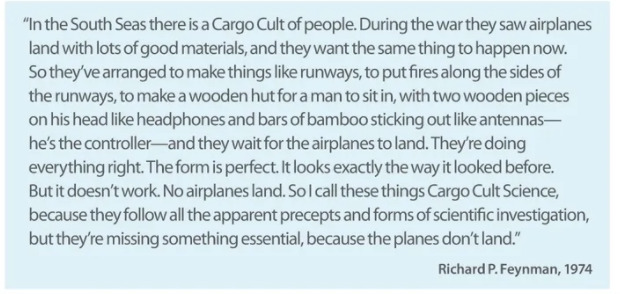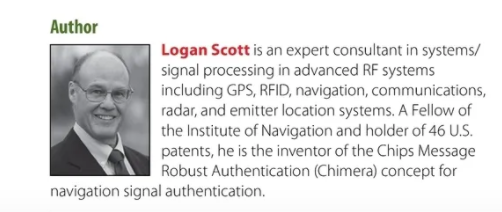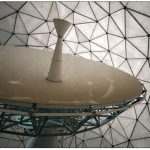The “Cargo Cults” of Washington D.C., while well intentioned, are slowing progress. To improve national PNT posture, we must start building, failing and learning from our mistakes.
Logan Scott
Washington used to provide leadership for the audacious, perhaps most famously in “Let’s put a man on the moon before the end of the decade.” Since then, something has been lost. Much like the Cargo Cults of the South Seas waiting for those airplanes to land, something is missing.
There is a common misconception that spending money and following processes is the same thing as making progress. Endless streams of studies, recommendations and PowerPoint presentations are often mistaken as being the end product and thus equivalent to solving the problem. In the current environment, GPS would be a slide deck with well over 1,200 slides, maybe more.
I don’t doubt the good intentions of the individuals involved nor the herculean effort undertaken. Yet, foundational problems in PNT policy, vulnerabilities and support for resiliency remain. So what’s missing? Might I suggest that it is building stuff and learning from the mistakes.
What We Can Learn from China
The Chinese have an experimentalist’s approach to engineering. In the early days of BeiDou (ca. 1999), the system comprised of two aging comms grade bent-pipe transponders in GEO with orbital station keeping so bad it could have been a feature of the system.
In the intervening years, the Chinese have assembled a superb and diverse national PNT architecture, often using inferior parts. Got bad clocks? Add in a crosslink. Oh, and that’s a whole new set of capabilities. The Chinese deploy loosely integrated but diverse systems and leave it up to the user community to figure out how best to use the tools in the toolbox. This is missing in our current policy.
A Lesson form SpaceX: We Need to Start Building
When I was growing up, Yankee ingenuity was taught as a core value in schools. Build something, see what happens, make improvements. Try lots of different things. If it blows up, clean up the mess and learn from it. Patch the holes when you find them. Rinse, repeat, innovate and improve.
SpaceX is a remarkable company that, in the past few years, has learned how to build reliable and reusable rockets that lower orbital insertion costs by 20-fold. They have designed and placed more than 2,600 Starlink satellites on orbit to establish a worldwide internet infrastructure.
The fully active phased array antenna consumers use on the ground has more than 1,000 active transmit/receive elements and can be purchased for $599. They build the Dragon crewed space capsule used to supply and man the International Space Station. They plan to go to Mars in the next decade, not as explorers but as colonizers. That’s audacious. All of this for less than $7.5 billion USD in investment to date. And yes, they blew up a lot of rockets along the way. I fully expect they will blow up more in the future.

It’s Time to Start Failing
Active failure is one of the greatest teachers. Absent failures, achieving great things is not possible. Failure is essential and one of the best ways to fail is to build stuff and see what happens. You don’t even have to plan for the failures. They will come to you naturally and without any effort on your part. All systems are imperfect, but unless we move toward building something, anything, we doom ourselves to the most pathetic of failures: failure through inaction. We deprive ourselves of the opportunity to learn, adapt and make pivots in response to realities and lessons learned.
On The Big Bang Theory, Sheldon Cooper, tired of listening to Leonard Hofstadter bemoan his lack of success in pursuing his love interest, Penny, asks, “Might I make an observation: Have you ever asked her out on a date?” “Well…no.” Leonard replies. And Simon Ramo, founder of TRW, after watching a Vanguard rocket rise about 6 inches off the launch pad before toppling over and exploding spectacularly, says,: ”Well, Benny, now that we know the thing can fly, all we have to do is improve its range a bit.”
There are lots of ways to improve national PNT posture. Some are pretty good and not very expensive. The Chinese, SpaceX and Apollo efforts show how a bias toward action can lead to success. We as a nation need a renewed bias toward action. Action signifies intention and with intention comes aim. As a nation, for good or ill, we tend to hit what we aim at. Let’s go bend iron and build something—anything.






